2014.06.14 11:17
Symphonatic
/recombinant
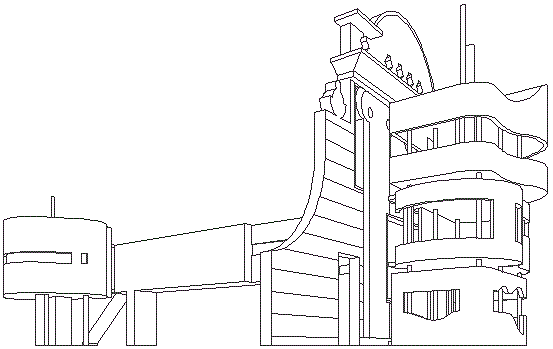
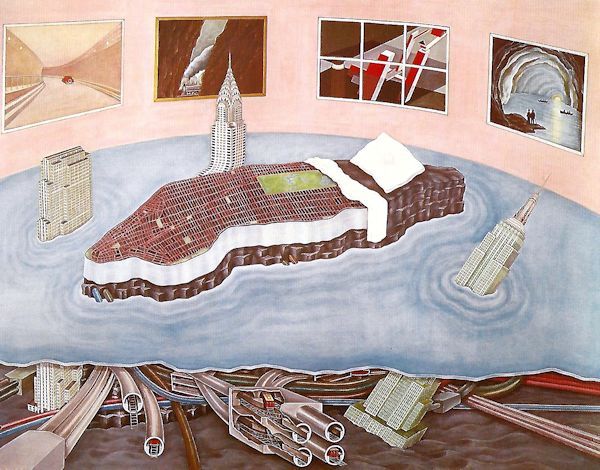
Madelon Vriesendrop, Freud Unlimited, 1978
TOURISM
Dali's Paranoid-Critical Method (PCM) is a form of reinforcement therapy, but in the opposite direction. Instead of the diseased perfprming the rituals of health, Dali proposes a tourism of sanity into the realm of paranoia.
When Dali invents the PCM. paranoia is fashionable in Paris. Through medical research its definition has been amplified beyond simple persecution mania, which is only one fragment of a much larger tapestry of delusion. In fact, paranoia is a delirium of interpretation. Each fact, event, force, observation is caught in one system of speculation and "understood" by the afflicted individual in such a way that it absolutely confirms and reinforces his thesis--that is, the initial delusion which is his point of departure. The paranoiac always hits the nail on the head, no matter where the hammer blows fall.
Just as in a magnetic field molecules align themselves to exert a collective, cumulative pull, so, through unstoppable, systematic and in themselves strictly rational associations, the paranoiac turns the whole world into a magnetic field of facts, all pointing in the same direction: the one he is going in.
The essence of paranoia is this intense--if distorted--relationship with the real world: "The reality of the external world is used for illustrtion and proof . . . to serve the reality of our mind. . . ."
Paranoia is a shock of recognition that never ends.
Rem Koolhaas, Delirious New York, 1978
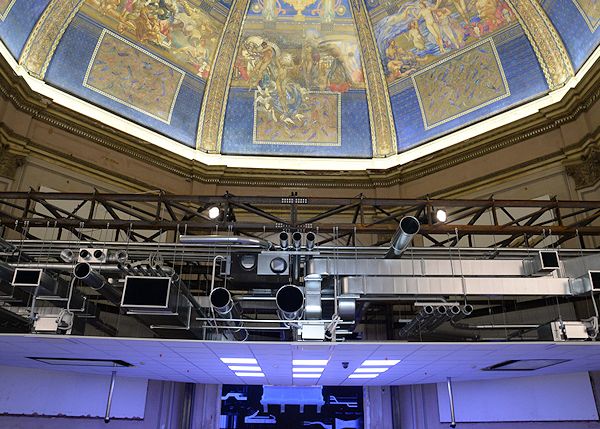
Venice Architecture Biennale 2014
Well, in a way it is an engineered schizophernic structure. To some extent we have always insisted on a critique of the myth of the professionalism of the architect.
Rem Koolhaas, "Finding Freedoms: Coversations with Rem Koolhaas", 1991
| |
2014.08.08 14:56
8 August
Light of my eyes
Leon Krier and Rem Koolhaas, the opposing poles of the contemporary debate, the visionary survivors in a panorama of "weak ontologies", moved briefly along the same path. But that was in the seventies, an encounter was made possible by a common passion for city architecture; when a taste for ironical portrayal--Surrealist in derivation--as well as the proximity of figures that had not yet moved into the distance (Stirling in one case and Ungers in the other) made it possible for them to act in a climate of tolerance. But this brief spell of "jeux serieux" came to an end, and the spread of a ludic attitude in contemporary architecture, taking the place of Surrealist irony, deprived architecture of its practical tasks and set it immediately in the dimension of an activity of signs.
Leon Krier thus moved on to a solitary reconstruction of the universe, resting the answer to the failure of modernist aspirations on a classicism idealized by archaelogy. So his city has become an idealized replica--rather like the restoration work of Viollet-le-Duc--of a theoretical Gothic-classical city.
Rem Koolhaas responded to the same problem with a hallucinated dilation of the premises of the avantgarde, transposing them onto an almost cosmological backdrop and taking as the model for his work the most radical Soviet and Dutch figures of the twenties--from Mart Starn to Ivan Leonidov.
2014.08.15 19:57
The ‘Starchitect’ Image
I just looked for the Zenghelis quote and I think this is it:
"And there is a catch: while [Quinlan] Terry was taking a polemical position against modernism, he was not taking into account the fundamental demands that his architecture was making on craftsmanship, not ordinarily modernism's calling. Craftsmen are hard to find, as craftsmanship is a time-consuming art that is gradually disappearing in an age that finds it unaffordable. This is the political side of the flaw.
The stylistic flaw stems from the fact that the architectures invoked have certain immanent and distinguishing properties that are unassailable, like proportion, size, construction, and materials. Once these are violated the architecture collapse. If one examines architecture before the Modern Movement, it becomes instantly evident that questions such as proportion, the relation of the horizontal to the vertical, of floor to ceiling heights, and the volume of space are intrinsic and fundamental to its integrity. At the same time, these are properties that no developer will pay for today."
If that's not the quote you were paraphrasing, then let us know. Otherwise, this Zenghelis quote and your paraphrase are not really saying the same thing. Zenghelis is being critical of 'stylistic' Post-Modernism.
2014.09.06 18:26
Interview: September 2, 2013, 12:00 pm
I want to address the issue of using 3D CAD to design, and in simple terms (for me at least) I most want to be facile at 3D to product digital data that looks (and works within the design process) like this:
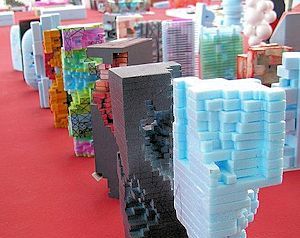 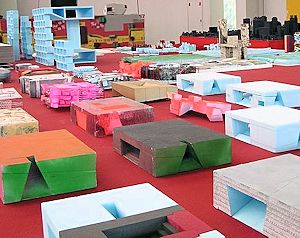 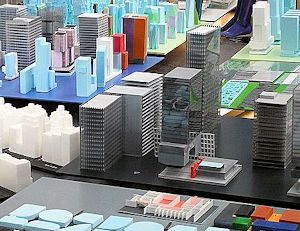 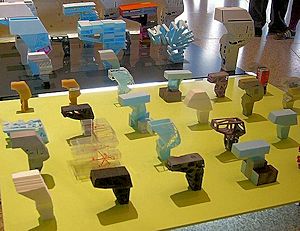
I guess the only real answer to getting facile like that is practice, practice, practice.
| |
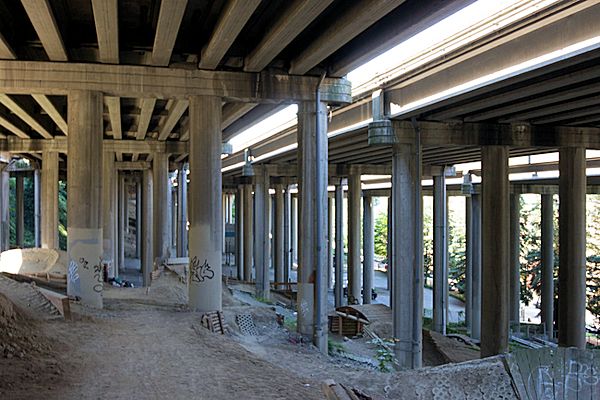
2014.10.04 12:45
I-5 Colonnade Park
Wonder how the columns of 1-5 Colonnade Park compare to the pylons of Gehry's Eisenhower Memorial for Washington DC.
Also note how similar I-5 Colonnade Park is to the socle of OMA's Agadir Hotel and Convention Center (Agadir, Marruecos, design 1990).
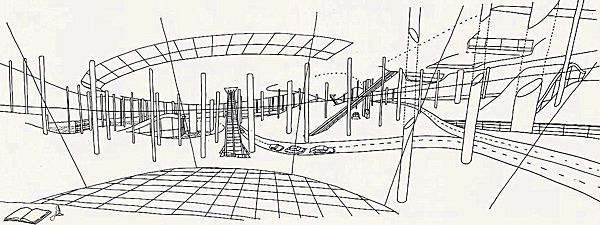 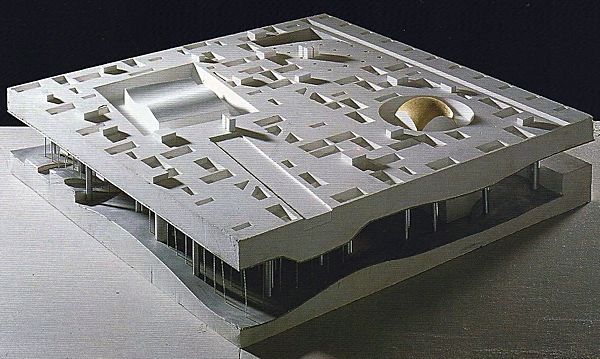 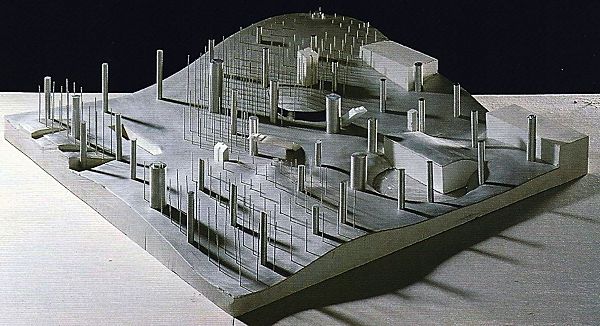
"The landscape which is generated with its concave and convex domes, with the "forest" of columns, its shafts of light, is a modern interpretation of Islamic space--Islam after Einstein relativity--which will also be expressed by materials: polished concrete, mosaic, tiles, etc."
So, is I-5 Colonnade Park also a modern interpretation of Islamic space?
|